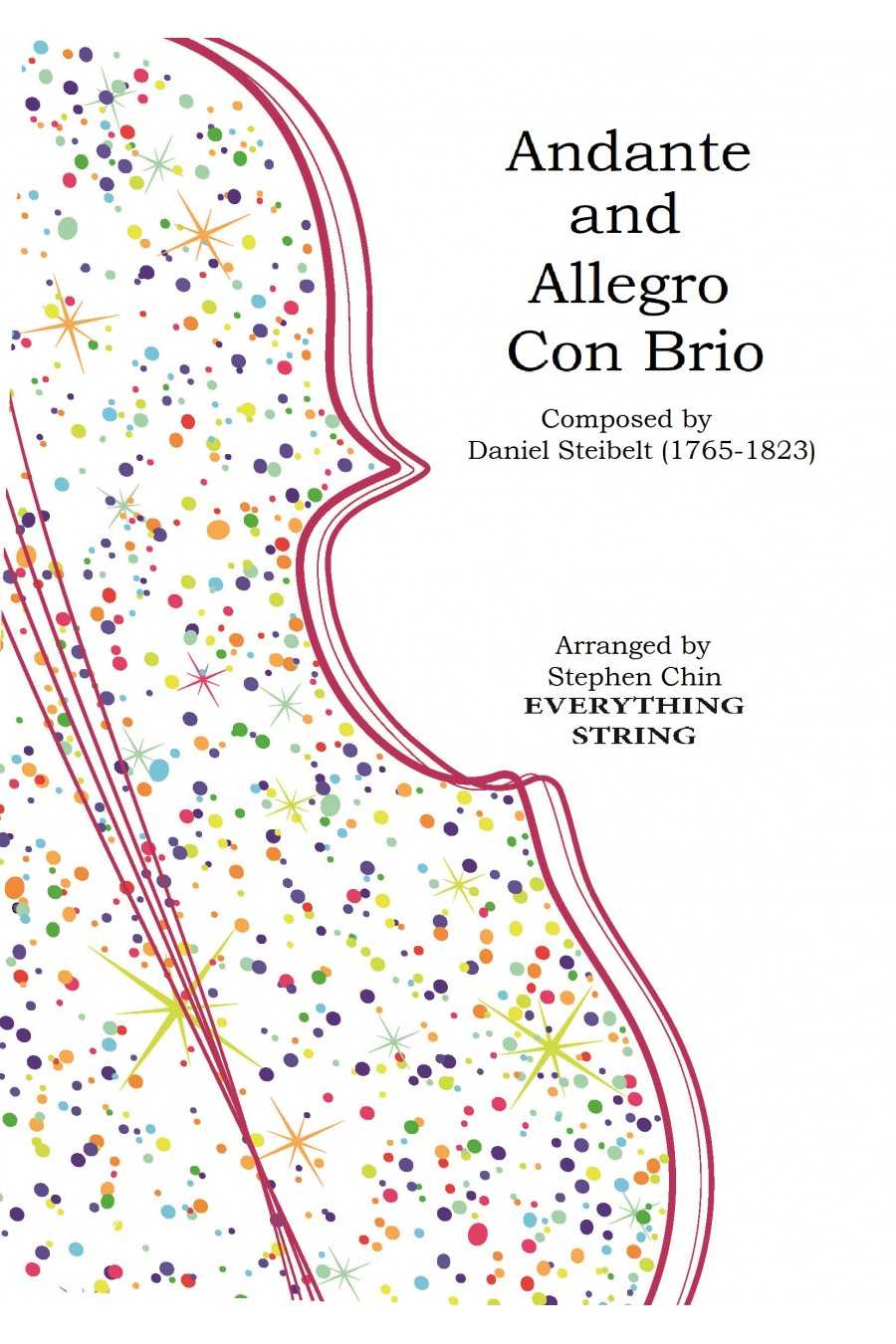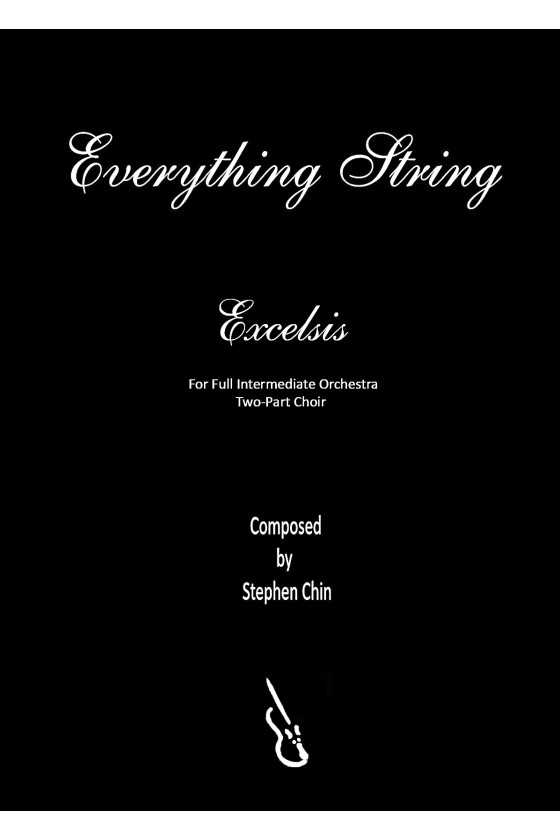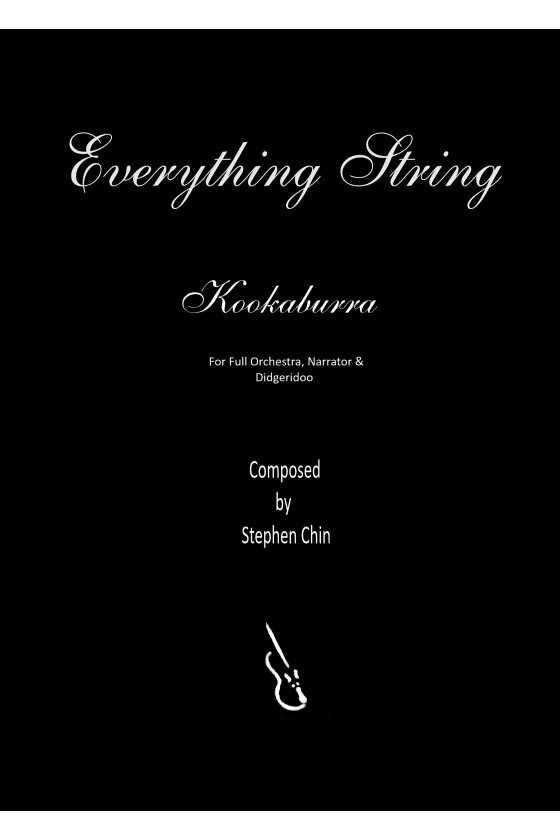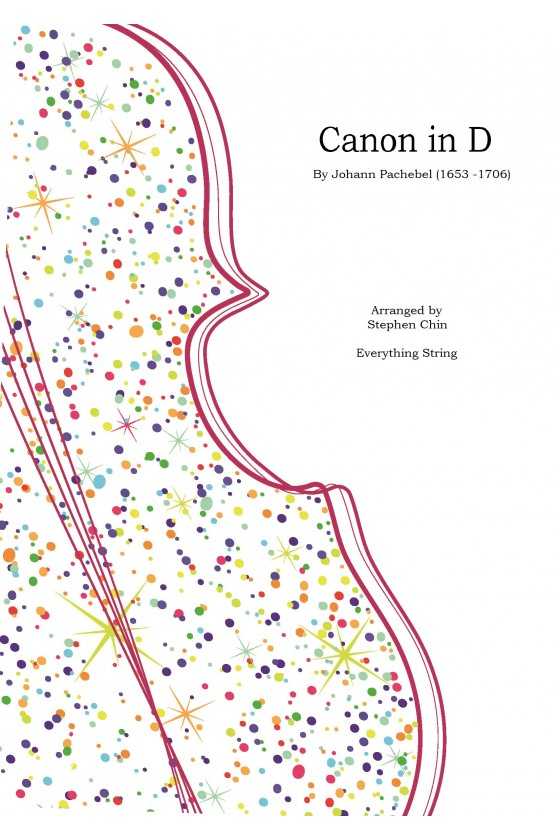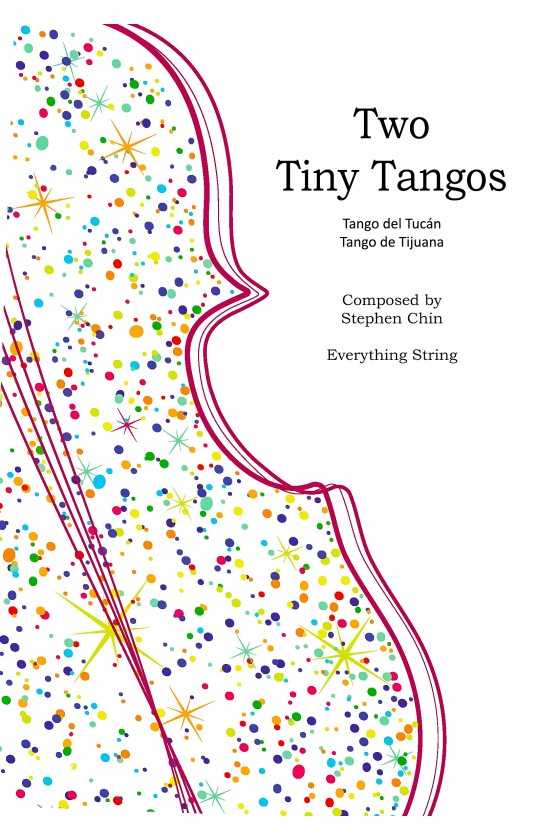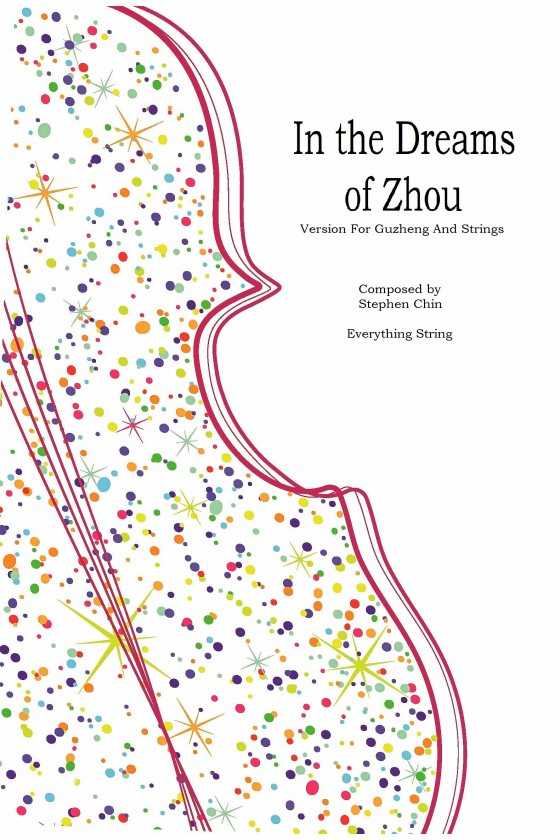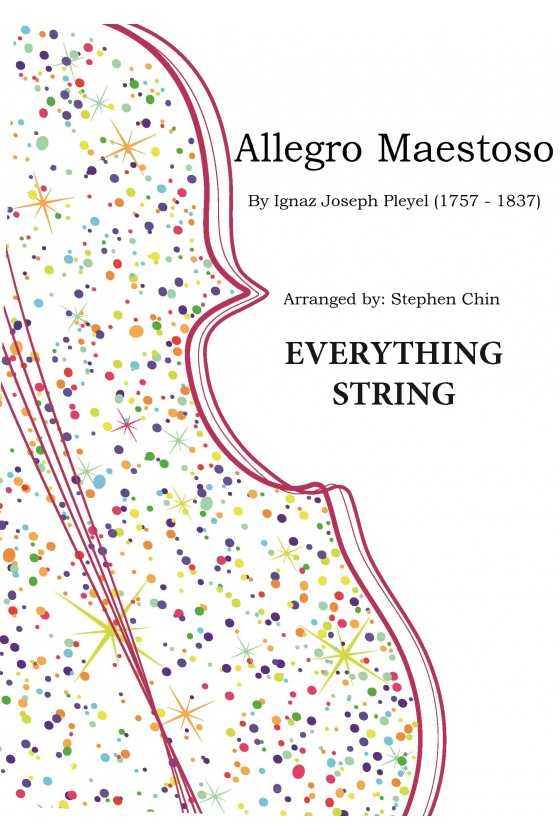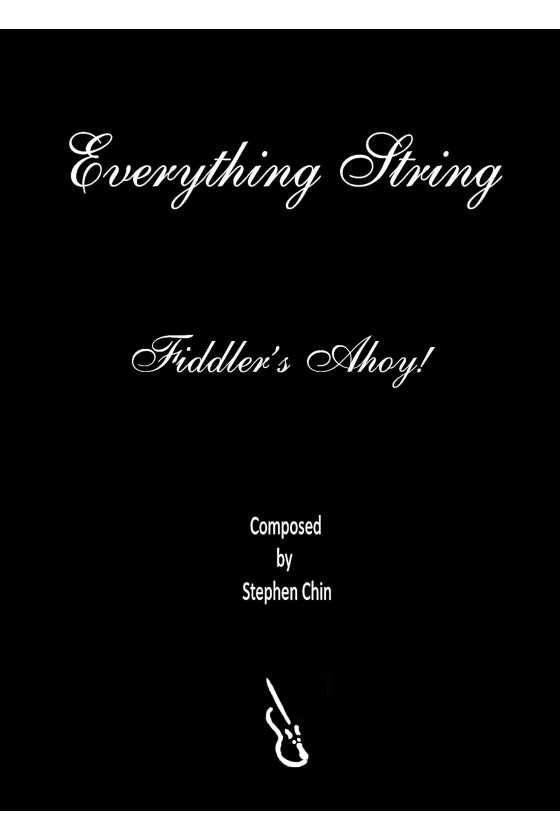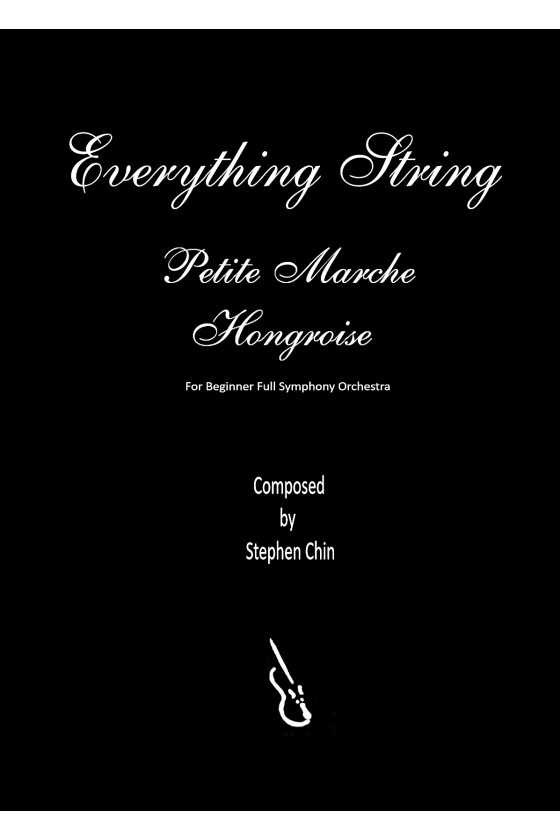Excelsis By Stephen Chin
The Gloria from the Latin Mass is a joyful and energetic piece for orchestra and two-part choir, inspired by the homage to God. It is easy to play, with alternative instruments covering several parts. Male voices can sing the two vocal parts an octave lower. Each orchestra section is featured in the interludes, and the piece concludes with a lively flourish.
For full orchestra and 2-part choir - Grade 3

